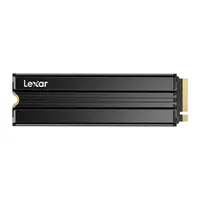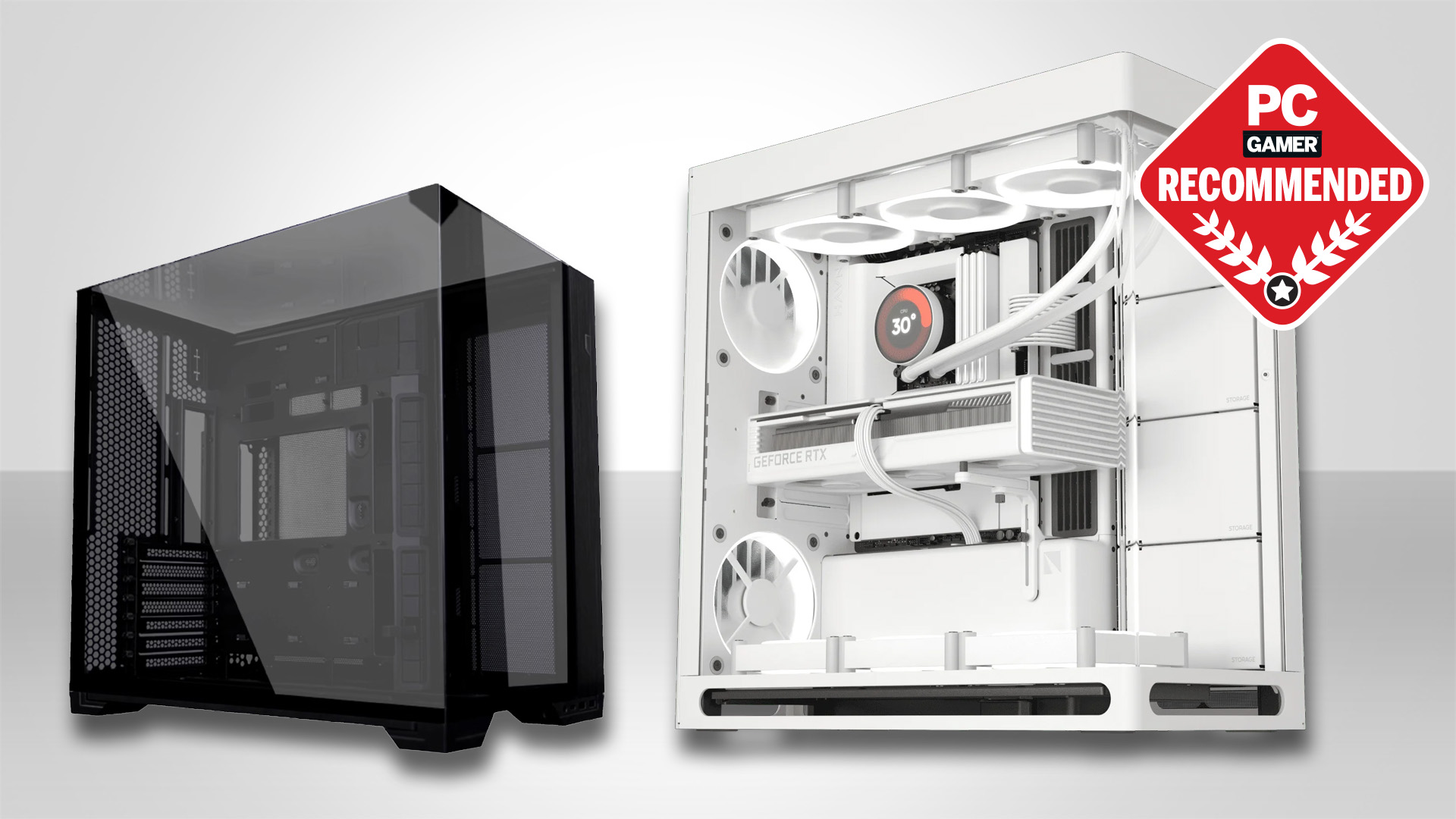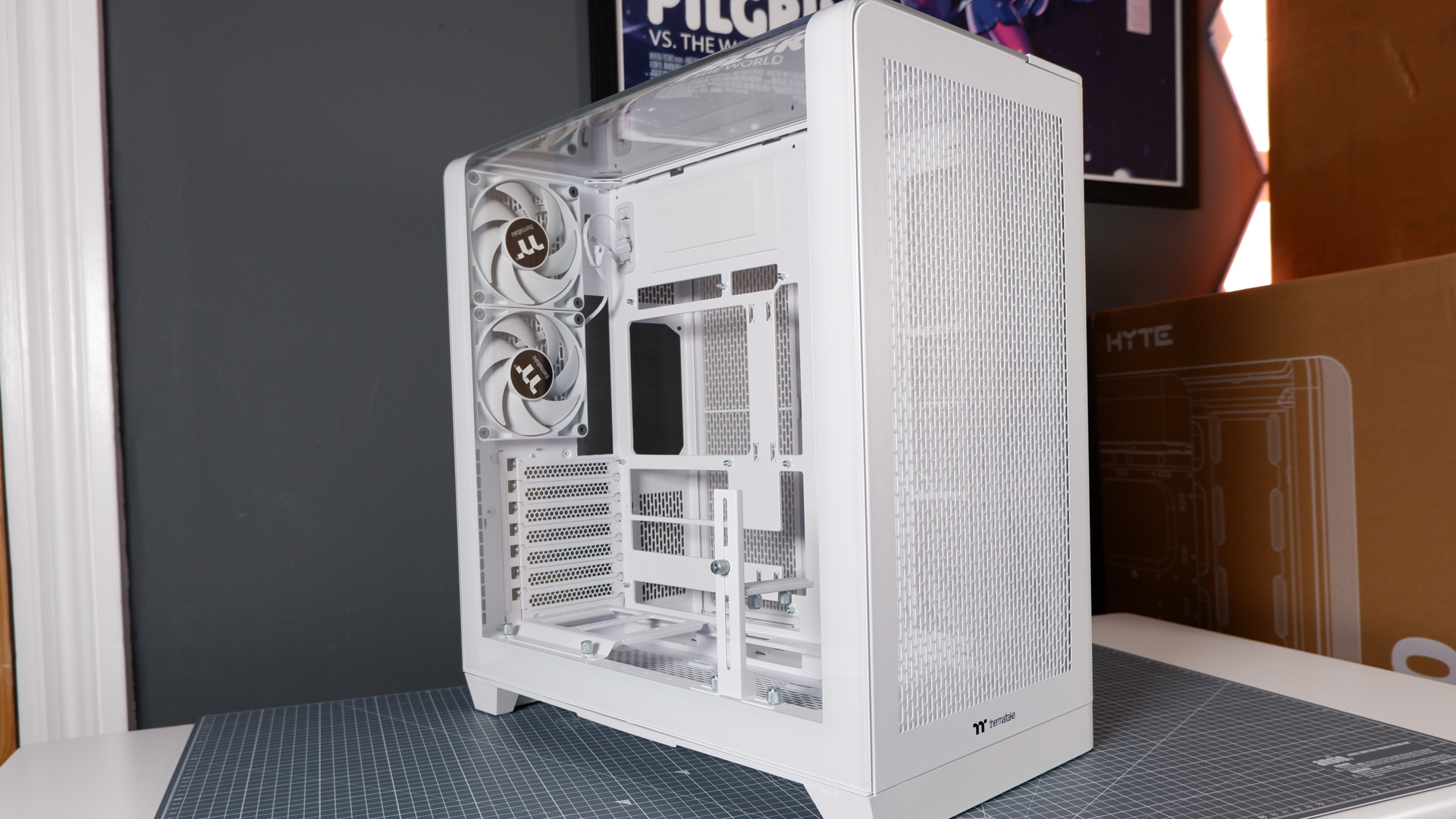This PCIe 5.0 NVMe SSD is down to $80 for a terabyte—actually less than some PCIe 4.0 drives
Now we're getting serious speedy storage at excellent prices.
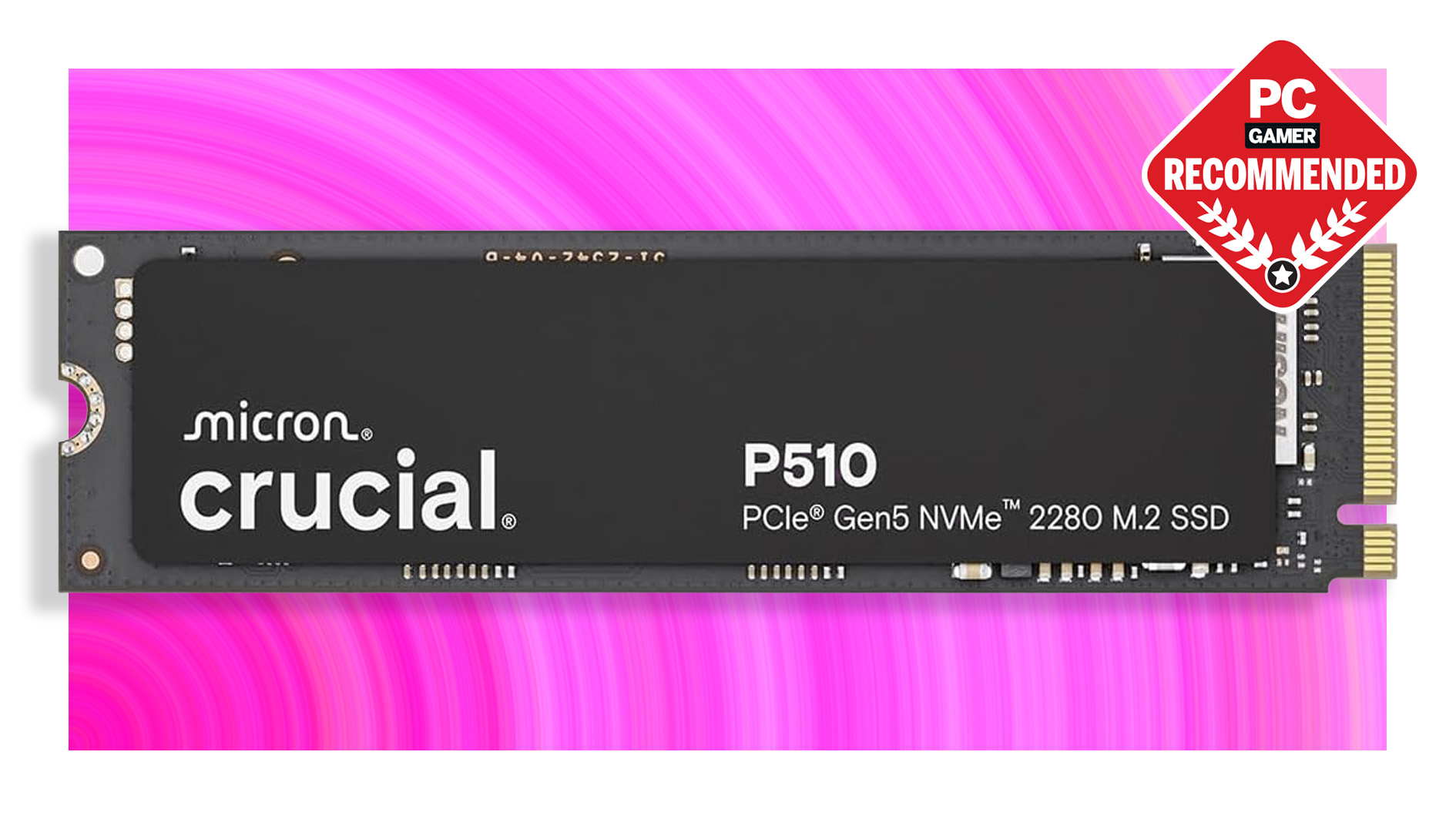
Though left in the dust by fellow PCIe 5.0 drive, the WD Black SN8100, Crucial still can't be beat when it comes to balancing price against performance. Though not the speediest internal SSD, the P510 still offers proper Gen 5 performance for the cost of a Gen 4 drive—check out our full review.
<p><strong>Key specs: PCIe 5.0 | Up to 11,000 MB/s read | Up to 9,500MB/s writeYou hear that? The tide is turning on PCIe 5.0 prices. A new dawn is upon us, and other old-fashioned anecdotes. Here's a fast PCIe 5.0 NVMe SSD for less than some PCIe 4.0 drives, and that's important not only because a bigger number is good, yes, but it could mark the beginning of the end for PCIe 4.0 drives as our go-to pick for gaming PCs.
You can grab the Crucial P510 1 TB for $80 at Amazon right now. That's a historically low price for this drive, which had already earned our recommendation for the best budget PCIe 5.0 SSD thanks to its low MSRP.
👉All Amazon's Big Deal Days deals👈
👉OUR favorite Prime Day PC gaming deals👈
That's actually a lower price than the Samsung 990 Pro 1 TB and the WD Black SN850X 2 TB.
You can read our Crucial P510 review for more details before you buy, but here's the CliffsNotes version. You can expect up to 11,000 MB/s read and 9,500 MB/s write speeds here. It's not the fastest PCIe 5.0 drive around (those run up to and over 14,000 MB/s), but using a combination of Phison's E31T controller and parent company Micron's TLC NAND, it can deliver impressive performance-per-dollar while keeping temperatures under control.
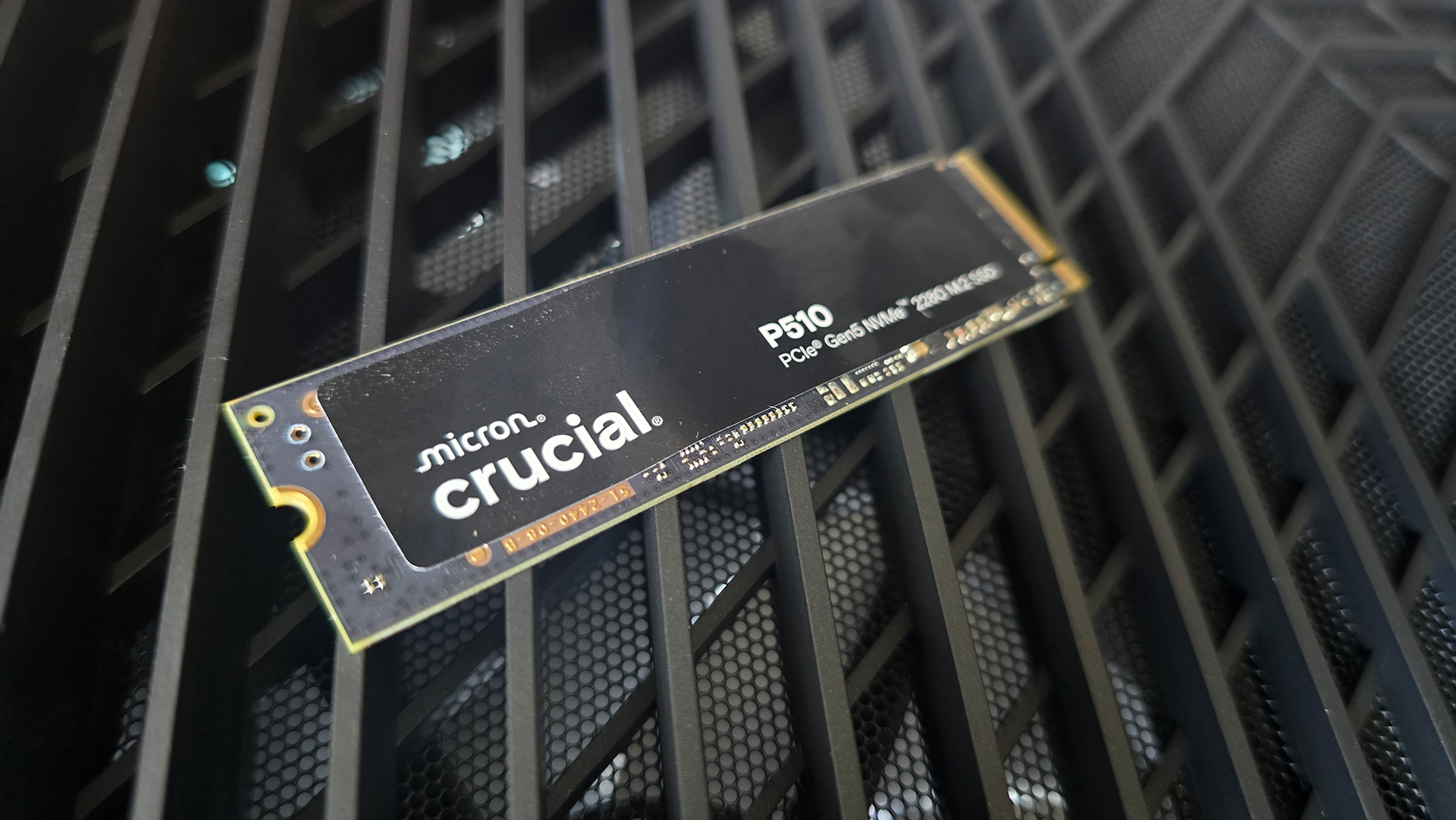
Compared to the first wave of PCIe 5.0 drives, it's cheaper, cooler, and more performant. That's a big win in our books.
The pricing chart for the P510 on CamelCamelCamel is really something. I recommend you use this tool before purchasing anything over the October Prime Day, as it helps you contextualise the price of whatever it is you're about to buy. Whether it's been that price for a while, newly on sale, or, God forbid, actually a higher price masquerading as a deal. That happens sometimes.
Yet the chart for the Crucial P510 shows a long flat line for months, sitting around the $100 mark, and then a sudden downturn in the past couple of days to $80. This is a good deal, it's supposedly 'limited', and I have good reason to believe this Prime Day or the coming Black Friday will be the best time to buy an SSD for a while.
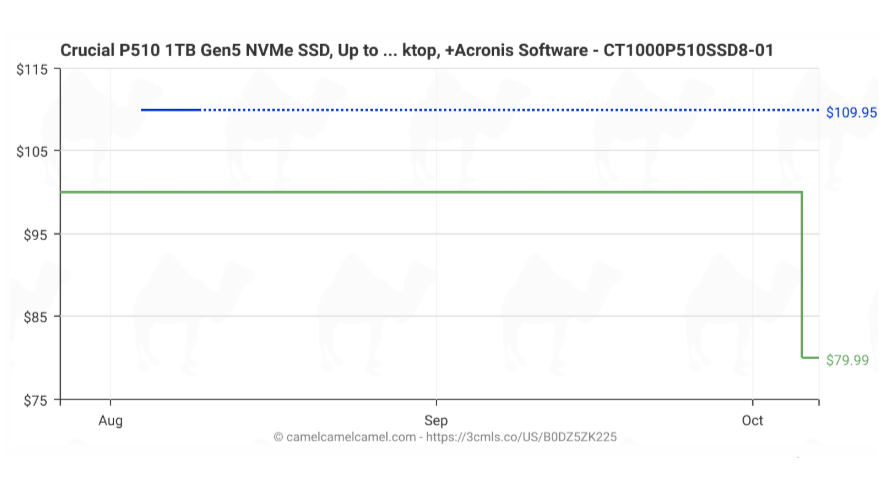
Not to bring the party vibe down here, but there are some worrying signs out of the big memory and flash manufacturers and analysts that, oops, AI's going to gobble all the chips up. Yeah, thanks, AI. With more pressure, demand, and capacity heading towards AI chips that require all the memories, prices might end up increasing as the AI grows ever more powerful until humanity's untimely demise.
It doesn't bear thinking about. Though there are fewer doom-y reasons to buy sooner rather than later. In previous years, I've noticed a trend of price tags dropping to their absolute lowest around October/November time (though more often November, so stay tuned for that).
It's not that surprising when you consider the market forces of Black Friday will come bearing down on retailers and practically force them to lower their prices to stay competitive, but it's worth considering if you want to save precious pennies with your next PC upgrade.
Back to the SSD at hand, the 2 TB version is also on sale and at a competitive price: $132 at Amazon.
Though left in the dust by fellow PCIe 5.0 drive, the WD Black SN8100, Crucial still can't be beat when it comes to balancing price against performance. Though not the speediest internal SSD, the P510 still offers proper Gen 5 performance for the cost of a Gen 4 drive—take a look at our full review.
<p><strong>Key specs: PCIe 5.0 | Up to 11,000 MB/s read | Up to 9,500MB/s writeThough the 1 TB option isn't such a huge investment, it will get filled up pretty quickly, and it's likely better suited to being your boot drive with some higher capacity storage to install your games on.
You can get away with slower, PCIe 4.0 storage for this job. I'd recommend the NM790 2 TB for this purpose. I reviewed it a few years back, but it's currently just $110 for 2 TB with an included heatsink if your motherboard doesn't have a spare one.
This particular version of Lexar's best SSD is so popular that stocks regularly dry up, so at the moment, the best deal available is for the heatsink-equipped variant. But thanks to high-layer NAND and a low-power controller, you're still getting tons of storage here in an energy-efficient and great-performing drive for not much cash and often much less cash than the competition. Read our Lexar NM790 (4 TB) review for more.
<p><strong>Key specs: PCIe 4.0 | Up to 7,400 MB/s read | Up to 6,500 MB/s write<p><strong>Price check: <a href="https://click.linksynergy.com/deeplink?id=kXQk6%2AivFEQ&mid=44583&u1=hawk-custom-tracking&murl=https%3A%2F%2Fwww.newegg.com%2Flexar-2tb-nm790%2Fp%2F0D9-003V-000B0" target="_blank">Newegg $113.29 (heatsink-less version)<strong>If none of these takes your fancy, we have a whole lot more in our October Prime Day SSD deals page. Check that out, or hold fire and wait until Black Friday to see what more discounts these retailers can muster.
Check out Amazon's full list of Prime Day SSD deals
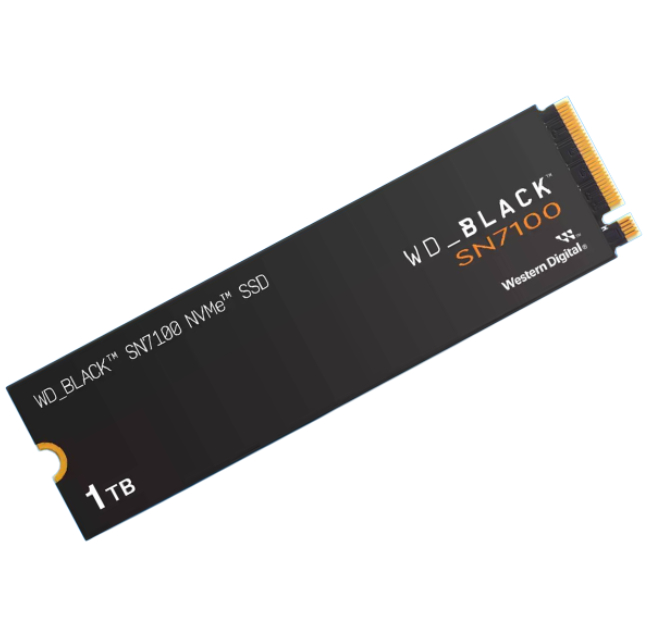
1. Best overall:
WD_Black SN7100
2. Best budget:
Biwin Black Opal NV7400
3. Best PCIe 5.0:
WD_Black SN8100
4. Best budget PCIe 5.0:
Crucial P510
5. Best 4 TB:
TeamGroup MP44
6. Best 8 TB:
WD_Black SN850X
7. Best M.2 2230:
Lexar Play 2230
8. Best for PS5:
Silicon Power XS70
9. Best SATA:
Crucial MX500
Keep up to date with the most important stories and the best deals, as picked by the PC Gamer team.

Jacob earned his first byline writing for his own tech blog, before graduating into breaking things professionally at PCGamesN. Now he's managing editor of the hardware team at PC Gamer, and you'll usually find him testing the latest components or building a gaming PC.
You must confirm your public display name before commenting
Please logout and then login again, you will then be prompted to enter your display name.

